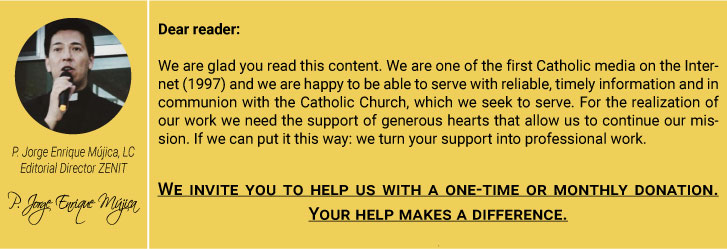Attacks have intensified in recent days in the Syrian city of Aleppo due to military retaliation and incursions by rebels.
The central districts and the Old Town, where rebels are trying to advance, were devastated on April 27.“It looked like an earthquake,” Armenian Catholic Archbishop Boutros Marayati told Fides. He said it was the «biggest explosion» he had witnessed and was aimed at the local government headquarters of the Chamber of Commerce. The organisation «was once one of the driving forces of the economic dynamism,» he said.
The archbishop added: “The explosive device was placed to hit the building, and stones and debris were thrown at a great distance. The effect was also strongly felt in our neighborhoods, terrorizing everyone.”
Rebels fired mortars against Aleppo’s districts, which are controlled by the government’s army, killing more than 21 civilians.
Responding to the attack, military units loyal to Assad increased their operations in insurgent-controlled areas in an effort to stop their infiltration in rural and urban areas under regime-control.
Yet news of an agreement between Islamist anti-Assad factions and Kurdish militias might affect the development of the conflict in many areas of northern Syria, Kurdish sources reported.
A temporary truce was signed between the Islamist Ahl al-Sham alliance – which includes Islamist groups such as the Islamic Front and Jabhat al-Nusra-Front – and the Kurdish militias of the People’s Protection Units (YPG). The pact covered Aleppo city and surrounding rural areas.
The Islamists have committed themselves to limiting their siege to areas in the hands of government troops.
With the approval of military leaders, the agreement will enable both sides to use the roads through the checkpoints controlled by the other party. The Islamists have agreed to limit the siege to only those areas controlled by government troops.
This agreement represents progress in relations between Islamist factions and Kurdish militias.




